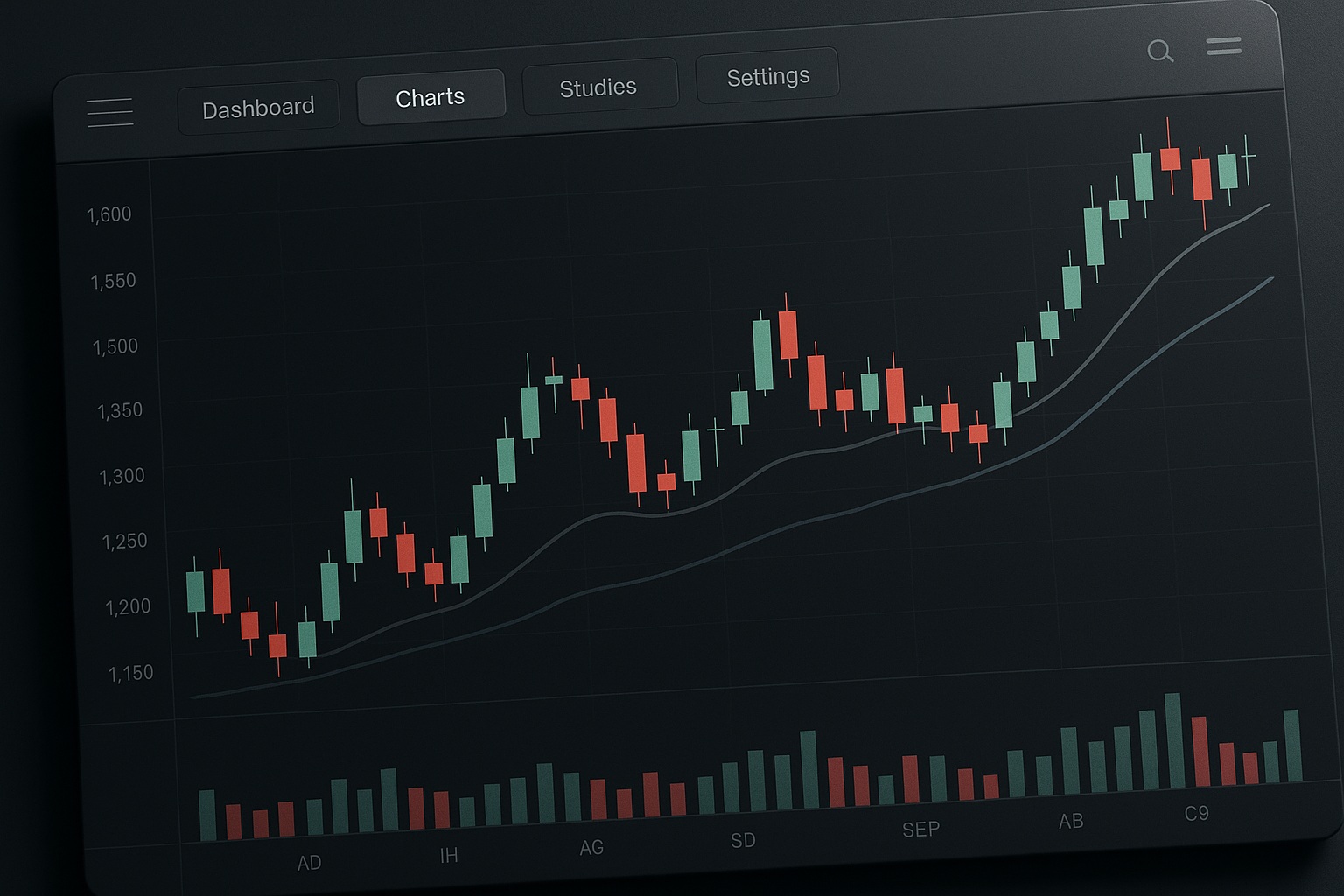
In today’s rapidly evolving markets, technical analysis remains a cornerstone for traders seeking to gain an edge. As we look toward 2025, the landscape of investing is more competitive and data-driven than ever. Intermediate and advanced traders know that simply following the crowd or relying on outdated strategies is no longer enough. Instead, what’s needed is a robust, actionable approach—anchored in proven technical analysis methods, rigorous review, and disciplined execution. At Market Masters, we help traders cut through the noise, focusing on high-probability setups and continuous skill refinement, ensuring that your trading plan is both adaptable and effective for the markets ahead.
Technical analysis has long stood as both an art and a science within the trading world. Despite frequent debates about its validity, its continued use by a majority of professionals is undeniable. In fact, "A survey conducted by the CFA Institute revealed that approximately 70% of investment professionals incorporate technical analysis into their decision-making process." This widespread adoption speaks to its perceived value in navigating uncertain and volatile markets.
As we approach 2025, the tools and techniques available to technical analysts have grown more sophisticated. Charting platforms now integrate advanced analytics, algorithmic pattern recognition, and real-time data feeds. Nonetheless, the core principles—price action, trend identification, and market psychology—remain unchanged. For intermediate and advanced traders, technical analysis offers a structured framework for evaluating opportunities, refining entries and exits, and adapting to shifting market regimes.
With a disciplined, evidence-based approach, technical analysis can provide actionable insights that fundamentally improve your trading outcomes. The following sections will explore what truly works in technical analysis, how to implement these methods, and what it takes to build a resilient trading plan for 2025.
Effectiveness in technical analysis is not a matter of belief, but of evidence and context. The debate between technical analysis and the Efficient Market Hypothesis (EMH) is ongoing. While proponents of EMH argue that "stock prices are essentially random and cannot be predicted by past movements," the reality for practitioners is more nuanced.
Numerous empirical studies have examined the predictive power of technical systems. For example, "Research indicates that well-designed technical systems achieve prediction accuracy rates between 55-65% in trending markets but may drop to 40-45% during choppy or transitioning markets." This highlights a crucial point: the effectiveness of technical analysis is often regime-dependent. Trend-following strategies, for example, thrive in persistent directional markets but may struggle during periods of mean reversion or low volatility.
Another important consideration is the impact of transaction costs. "A study testing moving average crossovers across BRICS markets showed that profits declined and even disappeared when fees (2% and 5%) were included." This underscores the importance of realistic backtesting and accounting for slippage, commissions, and other forms of friction that can erode theoretical profits.
Despite these caveats, there is robust evidence supporting technical analysis under certain conditions. "A 2018 study of BRICS stock markets used an automated moving-average trading system and found technical strategies beat a buy-and-hold benchmark on average." For intermediate and advanced traders, the key takeaway is that technical analysis is a tool—its success depends on market selection, method calibration, and disciplined execution.
With the trading environment of 2025 expected to be even more data-rich and competitive, a focus on high-probability, actionable technical analysis methods is essential. Here are core approaches that continue to prove effective for serious traders:
By mastering a handful of these proven tools—rather than chasing every new indicator—traders can maintain clarity and focus. At Market Masters, we emphasize deep understanding and context-driven application of these core methods, supporting traders in building a reliable edge.
A trading plan built for 2025 must do more than simply outline a list of indicators or setups. It should serve as a dynamic blueprint, integrating technical analysis into every stage of the trading process—research, execution, risk management, and review.
Here are key steps to effectively incorporate technical analysis into your trading plan:
Integrating technical analysis isn’t a one-time exercise. It’s an ongoing process of refinement, discipline, and learning. That’s why at Market Masters, the focus is on community-driven improvement and mentorship, ensuring traders never operate in isolation and always have access to high-quality feedback.
For traders seeking to move beyond the basics, 2025 offers a suite of advanced technical analysis strategies and tools. These approaches can provide additional edge, especially in complex or fast-moving markets. Here’s what experienced traders should consider:
It is crucial, however, to emphasize the importance of execution and cost control. As documented in several studies, the theoretical edge of many technical systems can be eroded by real-world factors such as slippage, commissions, and liquidity constraints. For example, "A study testing moving average crossovers across BRICS markets showed that profits declined and even disappeared when fees (2% and 5%) were included."
Through the Market Masters community, traders gain access to proprietary tools, in-depth trade reviews, and ongoing education, ensuring that advanced strategies are both practical and sustainable in the real world. For more information, visit https://marketmasters.chat and discover how experienced professionals are pushing the boundaries of technical analysis.
As we move into 2025, the ability to consistently outperform requires more than just technical know-how—it demands a disciplined, adaptive, and evidence-based trading plan. The continued relevance of technical analysis is clear: "A survey conducted by the CFA Institute revealed that approximately 70% of investment professionals incorporate technical analysis into their decision-making process." However, success lies not in the tools themselves, but in their application within a structured, well-reviewed process.
By focusing on proven technical methods, integrating them into a comprehensive trading plan, and continuously refining your approach through education and community, you position yourself to thrive regardless of market conditions. At Market Masters, our mission is to empower traders with actionable insights, mentorship, and high-signal strategies—ensuring you have every advantage in building your 2025 trading plan.